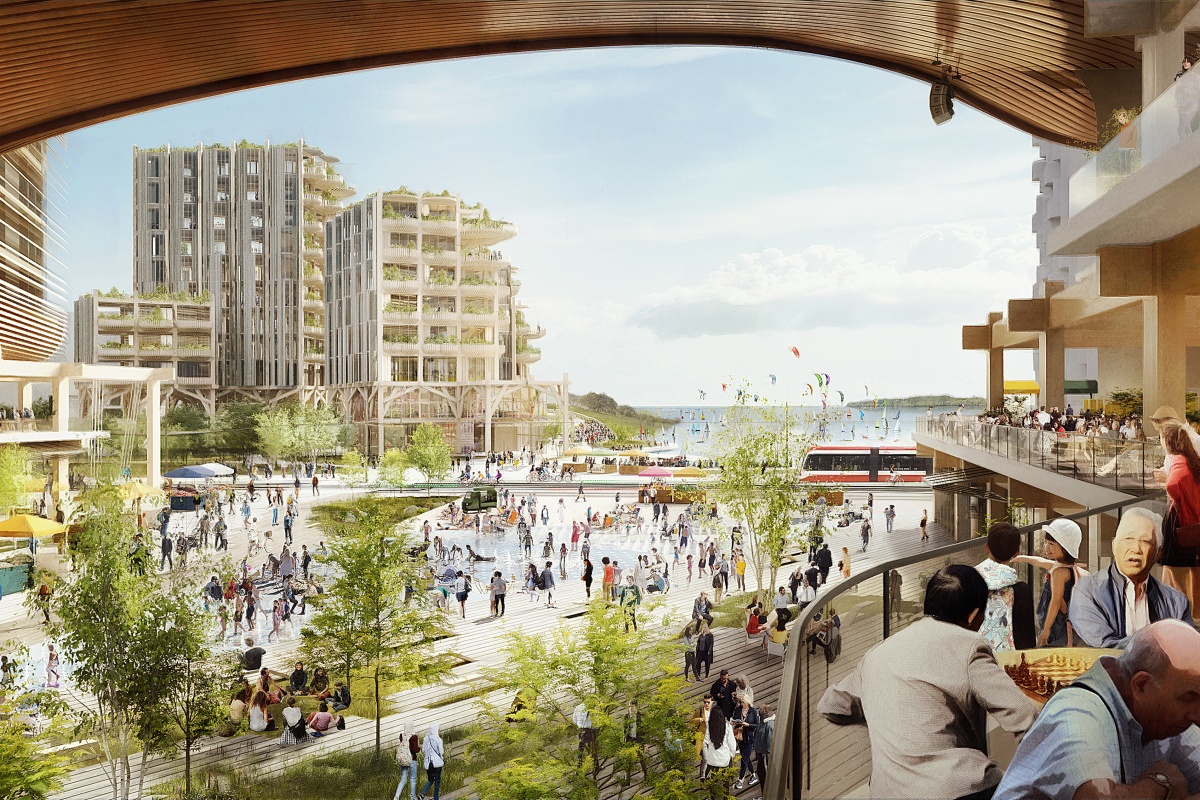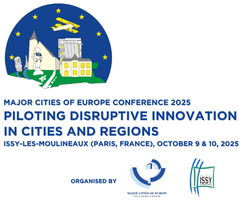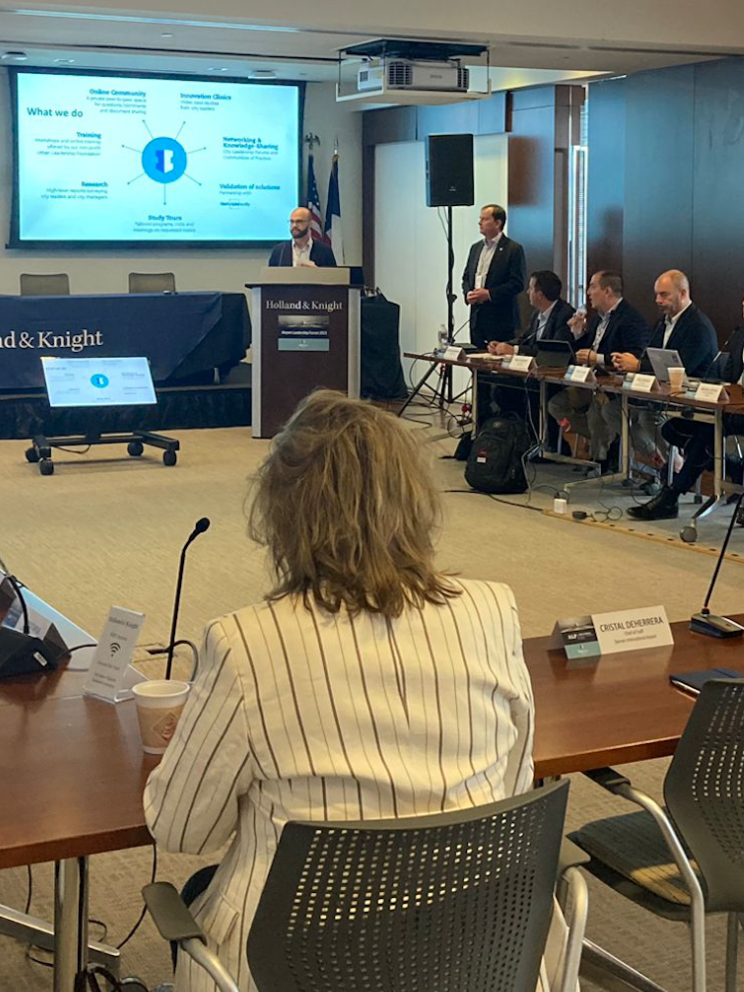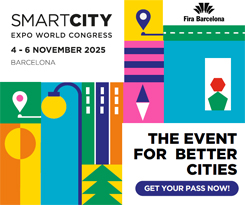
Minding the gap as you board the smart city train
16 June 2016
By Stephanie Huf, Head of Marketing & Communications, Ericsson Industry & Society
When a man slipped between the platform and train gap at a railway station in Western Australia last year, hundreds of passengers cooperated to push the train aside to free him. The video went viral as a heartwarming example of cooperation amongst strangers.
But collaboration in cities is not always a given, and “mind the gap” is also a relevant warning when it comes to smart and sustainable cities. Failure to adequately engage people in the planning and implementation phases–residents, businesses and civil society groups–can lead to initiatives delayed or blocked.
So what is the gap for smart cities, and why does it exist?
Most cities begin their ‘smart city’ journey with pilot projects typically involving one or more applications, for example smart parking, smart lighting, or transport ticketing. These pilots are managed in the respective department, and then are able to scale as they show success. This approach makes sense, as the departments driving each pilot have the needed authority, competence and budgets, and can move at their own pace.
But when a city wants to take the next step, and seek services that integrate between the various departments, the broader impacts of planning and deployment in departmental silos become apparent.
So in seeking to bridge between silo based deployment and a holistic smart and sustainable city vision several gaps can be encountered.
- How to move from purpose built to multipurpose ICT infrastructure. Smart cities can find themselves with duplicate infrastructure performing similar tasks for different services, such as different payment modes on trains and buses compared with toll-roads and parking, or multiple control centres for traffic, public transport and emergency services that do not support collaboration, and even emergency services departments with separate communications networks.
- How to secure governance and engagement for services that cut across departments or sectors. Cities typically have departmental based governance, with KPIs, data capture, management models and stakeholder engagement specific to the focus area, for example transportation effciency. This can make it harder to establish business cases across sectors, to track joint KPIs and to coordinate community engagement.
- How to harness open data–how to make it accessible, real time, and secure added value back into the city. As data increasingly becomes the source for innovation and collaboration, it is essential that cities can harness their data; to share data that can spur innovation such as the mushrooming of transport planning applications we see in many cities; to expose real time data that can power citizen services such as pollution warnings, or bus arrival times; and to be able to integrate data from community or private sector sources such as fault reporting, commuter journey maps, ood warnings or road hazards.
- How to share data between departments–there is increasing interest in integrating data from multiple sources–using connected car data to support traffc management, integrating traffic control with emergency services and the like. As we delve deeper into such cases, this brings complexity to management of data-sharing–securing privacy and informed opt-in, balancing commercial vs public interest, securing any liabilities, and managing secure and trusted hosting models, and aligning on common interfaces and APIs for application integration.
The momentum is certainly building, and there are lots of citizens, businesses and civil society groups standing at the platform keen to board the smart and sustainable city train. Acknowledgement of the gap, and a holistic approach to planning will help ensure we all make it on to the train to move ahead together.















